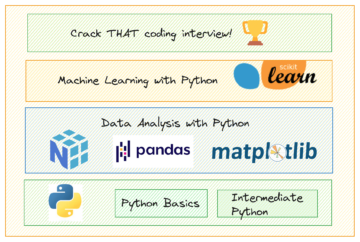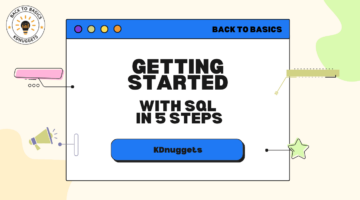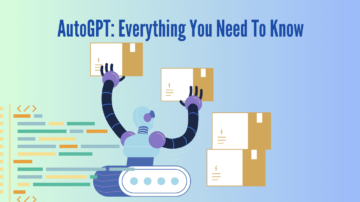
Image by macrovectoron Freepik
Data science and data modeling techniques are interrelated. Data modeling tools allow data scientists to access and use it more quickly. Data scientists can obtain a better knowledge of the data and its underlying relationships by developing data models, which can then be used to construct predictive models and other data-driven solutions.
Data modeling is an important aspect of the software development process because it helps ensure that the database is able to efficiently store and retrieve the data, and is able to handle the expected volume and complexity of data. Data modeling tools are computer programmes used to create, design and manage data models. A data model is a graphical depiction of the structure of a database that describes the relationships between different types of data. Users can use data modeling tools to design, visualise, and edit data models. Database administrators, data analysts, and other IT professionals use them to build and describe database systems.
In this post I will explain several Data Modeling Tools to consider as they allocate scarce resources for data science work.
The majority of these Data modeling Tools offer Visual Data Modeling, Reverse Engineering, Forward engineering, Collaboration capabilities, Easy Integration and Data mapping. I have specifically mentioned only the unique features which make them different from each other.

ED Modeler is a tool used for designing and analyzing data structures with standardized designs, it supports deployment of diagrammatic data, regardless of its location and structure, it offers automated features to generate schema and hybrid architecture.
Key features:
- Visual data modeling: Create data models using a visual interface, making it easy to see the relationships between different entities and data elements.
- Reverse engineering: Reverse engineer existing databases to create a visual representation of the data structures.
- Forward engineering: Generate SQL scripts or DDL statements based on the data model, to create or modify databases directly from the data model.
- Collaboration: Multiple users can work on a data model simultaneously, making it easy for teams to collaborate on data modeling projects.
- Documentation: Generate detailed documentation of data models, including a list of entities, attributes, and relationships.
- Data governance: Allows organizations to enforce data governance policies and ensure compliance with industry standards and regulations.
- Integration: Easy integration with database management systems, data warehousing solutions, and business intelligence tools.

Idera’s ER/Studio is a data modeling tool that allows for identification of data assets and sources across multiple database systems, enables the creation and sharing of data models and tracking them from start to finish.
Key features:
- Data modeling: Create visual data models, including entity-relationship diagrams (ERDs) and data flow diagrams (DFDs).
- Data governance: Allows organizations to enforce data governance policies and ensure compliance with industry standards and regulations.
- Data lineage: Allows users to trace the flow of data through different systems and processes.
- Data masking: Allows users to obscure sensitive data in non-production environments to protect against data breaches.
SQL Database Modeler enables developers to create a SQL database online without having to write any code, so it’s easy to create and import scripts and works with both MS SQL Server and MySQL. Another advantage of SQL Database Modeler is that it allows several view modes.
Key features:
- Documentation: Generate detailed documentation of data models, including a list of entities, attributes, and relationships.
- SQL code generation: Generate SQL code for creating and modifying database objects, including tables, views, stored procedures, and functions.
- Data modeling standards: Offers support for industry-standard data modeling notation and techniques, such as the Chen ERD notation and the UML class diagram notation.
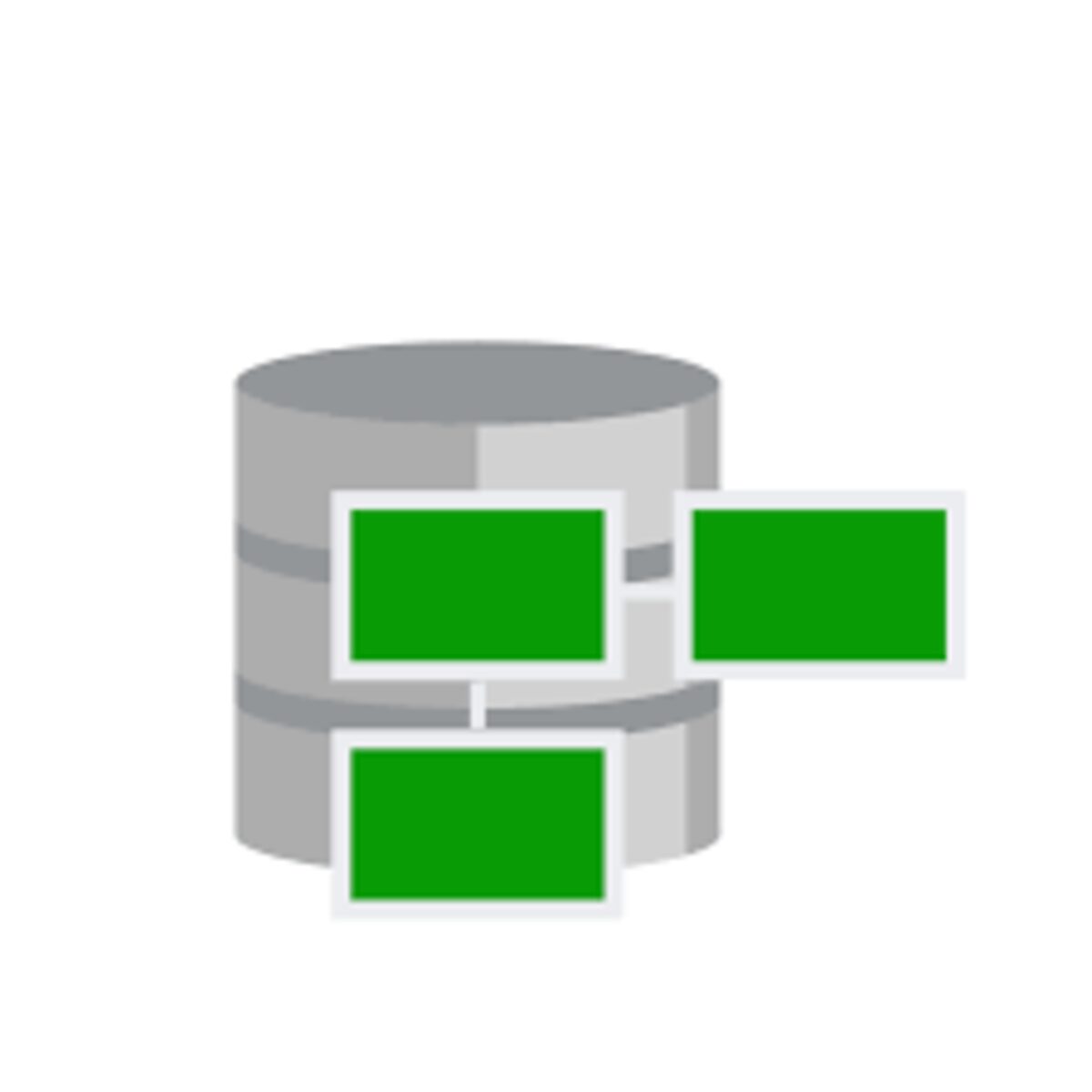
Oracle SQL Developer Data Modeler is another excellent free Database Modeling tool that helps businesses acquire, organise, and get insights from data while increasing productivity. It provides a wide range of Data Models, including Logical, Relational, Physical, and Multi-dimensional Data Type Models.
Key features:
- Documentation: Generate detailed documentation of data models, including a list of entities, attributes, and relationships.
- Data governance: Allows organizations to enforce data governance policies and ensure compliance with industry standards and regulations.
- Integration: Integrate with a variety of other tools and platforms, such as Oracle database management systems and Oracle Cloud services.

IBM Infosphere is well-known for its capacity to work on various data patterns and aids in standardising the interface across apps, databases, and servers. Aside from that, infosphere aids in cross-lifecycle work and organisational aid in shortening time-to-market.
Key features:
- Modeling and Design: Supports a variety of modeling techniques, including entity-relationship modeling, dimensional modeling, and object-oriented modeling.
- Data governance: Allows organizations to enforce data governance policies and ensure compliance with industry standards and regulations.
- Database Support: The tool supports a wide range of relational databases, including DB2, Oracle, SQL Server, and MySQL, as well as support for data warehousing platforms like Netezza and Informix.
- Integration: Integrate with other IBM data management and data warehousing products such as IBM InfoSphere DataStage and IBM InfoSphere Data Quality.
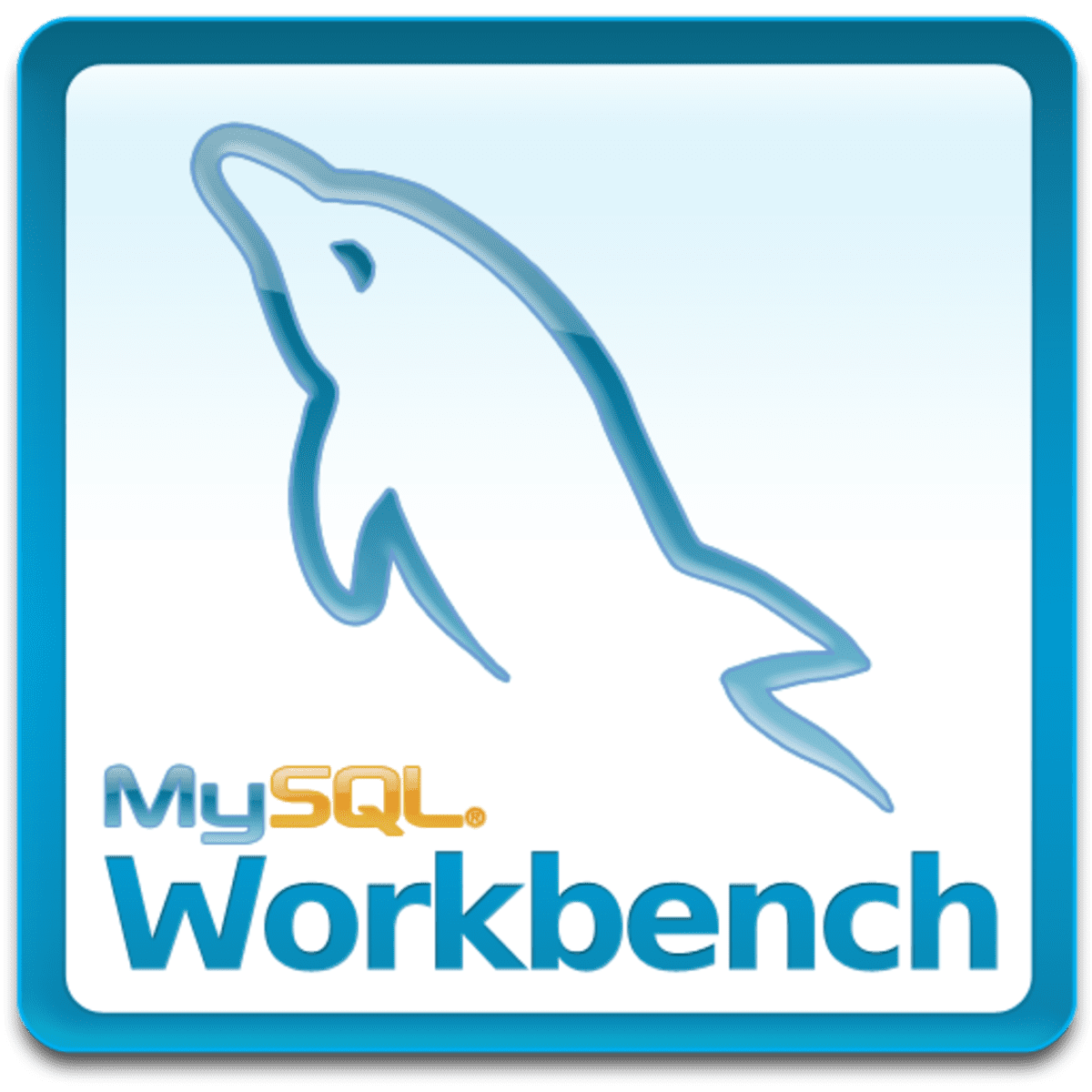
When working with complex ER models, Workbench is a suitable model. It was created specifically for MySQL DB and aids in the generation, execution, and optimization of SQL queries for all major operating systems, including Mac, Linux, and Windows.
Key features:
- SQL development: MySQL Workbench includes an SQL editor for writing, executing, and optimizing SQL statements.
- Data modeling: MySQL Workbench includes features for designing and reverse engineering databases, including support for creating entity-relationship diagrams (ERDs) and forward engineering SQL scripts.
- Server administration: Manage MySQL servers, including support for configuring server parameters, monitoring server performance, and backing up and restoring databases.
- Security management: Manage user accounts and privileges, including support for creating and managing users, roles, and schemas.
- Visual query builder: Allows users to create complex SQL queries without writing SQL code.

Archi is heavily used in small and mid-segment organizations where data handling is required within small teams. It offers an elegant solution for providing visual data representation besides being low-cost.
Key features:
- Archi Mate modeling: Archi supports the ArchiMate modeling language, which is a standard language for enterprise architecture modeling.
- Import/Export: Archi can import and export data models in a variety of formats, including ArchiMate, BPMN, and XMI.
- Customizable: Archi is highly customizable and allows users to create their own custom elements and templates, making it easy to model specific architecture frameworks.
- Lightweight: Archi is lightweight and doesn’t require installation, it can run as a stand-alone application on Windows, Mac, and Linux.
- BPMN: Archi has the ability to import and export BPMN models and has built-in support for creating BPMN diagrams.
- Scripting: Archi has a built-in scripting feature that allows you to write scripts in JavaScript to automate repetitive tasks and extend its capabilities.
The use of data modeling tools helps you organize and structure your data, making it more accessible and usable for your business. Through the use of the above tools, you will be able to improve data quality, data governance, better visualization, improved integration, faster data analysis, and reduced costs. By creating a proper data model, one can optimize the database design, which will result in better performance of data storage and retrieval operations.
Rajat Chauhan helps clients in their growth and transformation towards digitization by analyzing business issues, devising continuous improvements to increase efficiency, streamlining operational/production workflow, and decreasing aggregate expenses with optimum utilization of technology.
- SEO Powered Content & PR Distribution. Get Amplified Today.
- Platoblockchain. Web3 Metaverse Intelligence. Knowledge Amplified. Access Here.
- Source: https://www.kdnuggets.com/2023/03/list-7-best-data-modeling-tools-2023.html?utm_source=rss&utm_medium=rss&utm_campaign=a-list-of-7-best-data-modeling-tools-for-2023
- 2023
- 7
- a
- ability
- Able
- above
- access
- accessible
- Accounts
- acquire
- across
- administration
- administrators
- ADvantage
- against
- Aid
- aids
- All
- allows
- analysis
- Analysts
- analyzing
- and
- Another
- Application
- apps
- architecture
- aspect
- Assets
- attributes
- automate
- Automated
- backing
- based
- because
- being
- BEST
- Better
- between
- breaches
- build
- builder
- built-in
- business
- business intelligence
- businesses
- capabilities
- Capacity
- chen
- class
- clients
- Cloud
- cloud services
- code
- collaborate
- complex
- complexity
- compliance
- computer
- Consider
- construct
- continuous
- Costs
- create
- created
- Creating
- creation
- custom
- customizable
- data
- data analysis
- Data Breaches
- data management
- data quality
- data storage
- data-driven
- Database
- databases
- deployment
- describe
- Design
- designing
- designs
- detailed
- Developer
- developers
- developing
- Development
- diagrams
- different
- digitization
- directly
- documentation
- each
- easy
- editor
- efficiency
- efficiently
- elements
- enables
- engineer
- Engineering
- ensure
- Enterprise
- entities
- environments
- excellent
- executing
- execution
- existing
- expected
- expenses
- Explain
- export
- extend
- faster
- Feature
- Features
- finish
- flow
- Forward
- frameworks
- Free
- from
- functions
- generate
- generation
- get
- governance
- Growth
- handle
- Handling
- having
- heavily
- helps
- highly
- HTTPS
- Hybrid
- IBM
- Identification
- import
- important
- important aspect
- improve
- improved
- improvements
- in
- includes
- Including
- Increase
- increasing
- industry
- industry standards
- insights
- integrate
- integration
- Intelligence
- Interface
- issues
- IT
- IT professionals
- JavaScript
- KDnuggets
- knowledge
- language
- lightweight
- linux
- List
- location
- logical
- mac
- major
- Majority
- make
- Making
- manage
- management
- managing
- mentioned
- model
- modeling
- models
- modes
- modify
- monitoring
- more
- MS
- multiple
- MySQL
- objects
- obtain
- offer
- Offers
- ONE
- online
- operating
- operating systems
- Operations
- optimization
- Optimize
- optimizing
- optimum
- oracle
- organizations
- Other
- own
- parameters
- patterns
- performance
- physical
- Platforms
- plato
- Plato Data Intelligence
- PlatoData
- policies
- Post
- privileges
- procedures
- processes
- productivity
- Products
- professionals
- programmes
- projects
- proper
- protect
- provides
- providing
- quality
- quickly
- range
- Reduced
- Regardless
- regulations
- Relationships
- repetitive
- representation
- require
- required
- Resources
- restoring
- result
- reverse
- roles
- Run
- Scarce
- scientists
- scripts
- sensitive
- Servers
- Services
- several
- sharing
- simultaneously
- small
- So
- solution
- Solutions
- Sources
- specific
- specifically
- SQL
- standard
- standards
- start
- statements
- storage
- store
- stored
- streamlining
- structure
- such
- suitable
- support
- Supports
- Systems
- tasks
- teams
- techniques
- Technology
- templates
- The
- their
- Through
- to
- tool
- tools
- towards
- trace
- Tracking
- Transformation
- types
- underlying
- unique
- use
- User
- users
- variety
- various
- View
- views
- visualization
- volume
- Warehousing
- well-known
- which
- while
- wide
- Wide range
- will
- windows
- within
- without
- Work
- workflow
- working
- works
- write
- writing
- Your
- zephyrnet


